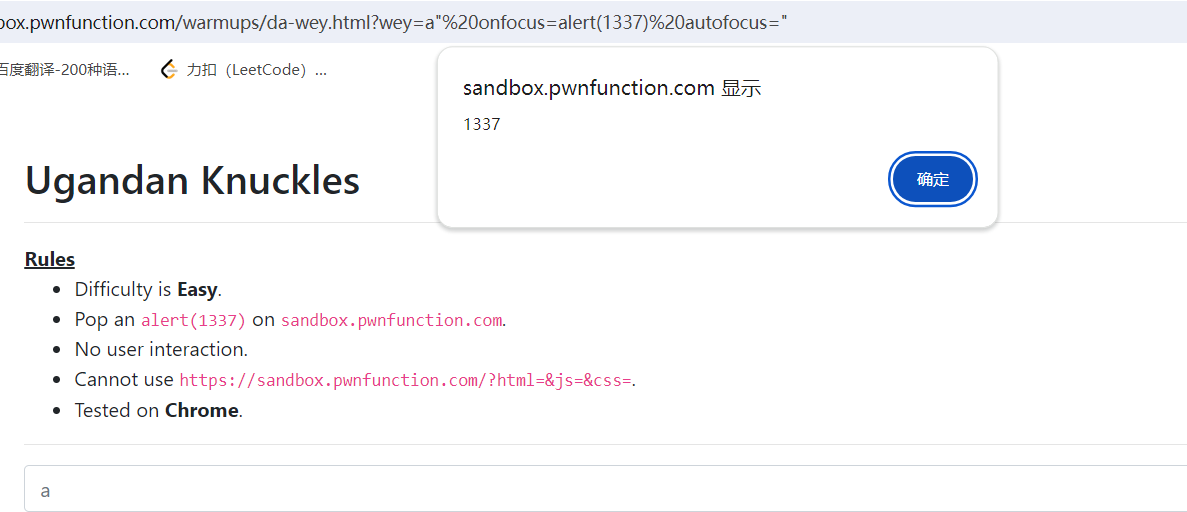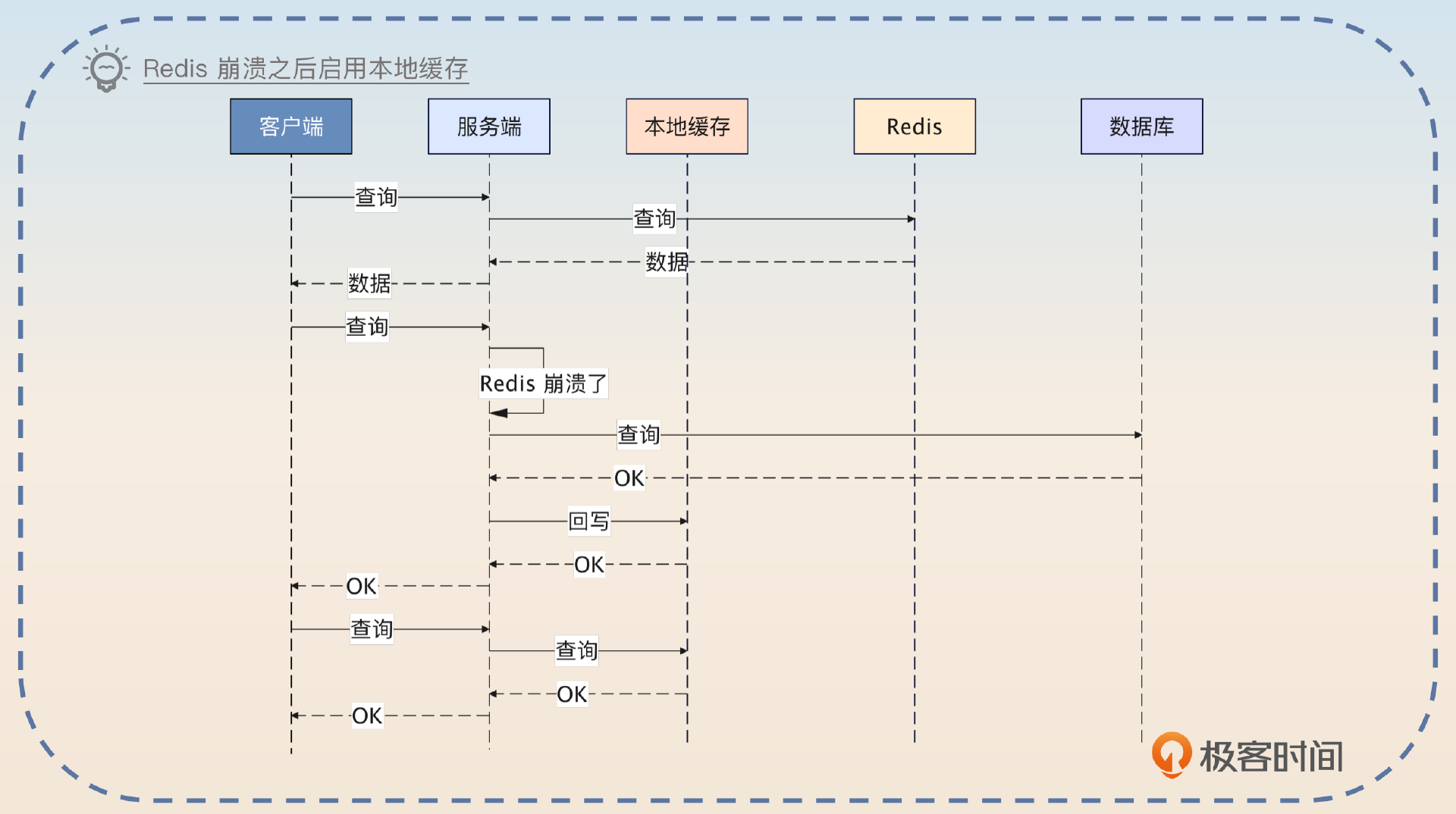lombok
Lombok是一个实用的Java类库,能通过注解的形式自动生成构造器、getter/setter、equals、hashcode、toString等方法,并可以自动化生成日志变量,简化java开发、提高效率

在pom.xml文件中引入依赖
<!--lombok-->
<dependency>
<groupId>org.projectlombok</groupId>
<artifactId>lombok</artifactId>
</dependency>在User类中引入注解
@Data //提供了更综合的生成代码功能(@Getter + @Setter + @ToString + @EqualsAndHashCode)
@NoArgsConstructor //无参构造
@AllArgsConstructor //全参构造
public class User {
private Integer id;
private String name;
private Short age;
private Short gender;
private String phone;
}动态SQL
随着用户的输入或外部条件的变化而变化的SOL语句,我们称为 动态SQL
<if>: 用于判断条件是否成立。使用test属性进行条件判断,如果条件为true,则拼接SQL
<select id="select" resultType="com.example.springbootmybaits2.pojo.Emp">
SELECT *
from emp
<if test="name != null">
where name like concat('%', #{name}, '%')
</if>
<if test="gender != null">
and gender = #{gender}
</if>
<if test="begin != null and end != null">
and entrydate BETWEEN #{begin} AND #{end}
</if>
ORDER BY update_time DESC
</select>查询姓名中包含"张"关键字的员工
//根据条件查询员工
@Test
public void select(){
// List<Emp> list = empMapper.select("张", (short) 1, LocalDate.of(2010, 1, 1),
// LocalDate.of(2020, 1, 1));
List<Emp> list = empMapper.select("张", null, null, null);
for (Emp emp : list) {
System.out.println(emp);
}
}在查询过程中,可能会存在第一个值为空导致多出一个and
或者所有条件都为空 可以使用<where></where>
<where>: where 元素只会在子元素有内容的情况下才插入where子句。而且会自动去除子句的开头的AND或OR
<select id="select" resultType="com.example.springbootmybaits2.pojo.Emp">
SELECT *
from emp
<where>
<if test="name != null">
name like concat('%', #{name}, '%')
</if>
<if test="gender != null">
and gender = #{gender}
</if>
<if test="begin != null and end != null">
and entrydate BETWEEN #{begin} AND #{end}
</if>
</where>
ORDER BY update_time DESC
</select>案例
完善更新员工功能,修改为动态更新员工数据信息
需求
动态更新员工信息,如果更新时传递有值,则更新,如果更新时没有传递值,则不更新。
<!--动态更新员工信息-->
<update id="update2Emp">
update emp
<set>
<if test="username != null">
username= #{username},
</if>
<if test="name != null">
name=#{name},
</if>
<if test="gender != null">
gender=#{gender},
</if>
<if test="image != null">
image=#{image},
</if>
<if test="job != null">
job=#{job},
</if>
<if test="entrydate != null">
entrydate= #{entrydate},
</if>
<if test="deptId != null">
dept_id= #{deptId},
</if>
<if test="updateTime != null">
update_time= #{updateTime}
</if>
</set>
where id = #{id}
</update><set>: 动态地在行首插入 SET 关键字,并会删掉额外的逗号。 (用在update语句中)
@Test
public void updateEmp(){
// 构造员工对象
Emp emp = new Emp ();
emp.setId(10);
//emp.setUsername ("Tom100");
emp.setName("赵敏666");
//emp.setImage ("3.jpg");
//emp.setGender((short)1);
emp.setJob((short) 2);
//emp.setEntrydate(LocalDate.of(2000,1,1));
//emp.setUpdateTime(LocalDateTime.now());
//emp.setDeptId(1);
//empMapper.updateEmp(emp);
//动态更新员工数据
empMapper.update2Emp(emp);
}
<foreach>
collection:遍历的集合
item:遍历出来的元素
separator:分隔符
open:遍历开始前拼接的SQL片段
close:遍历结束后拼接的SQL片段
<!--批量删除员工信息-->
<!--
collection:遍历的集合
item:遍历出来的元素
separator:分隔符
open:遍历开始前拼接的SQL片段
close:遍历结束后拼接的SQL片段
-->
<delete id="deleteByIds">
delete from emp where id in
<foreach collection="ids" item="id" separator="," open="(" close=")">
#{id}
</foreach>
</delete>sql片段
<sql>: 定义可重用的 SQL 片段
<sql id="commonSelect">
SELECT id,username, password, name, gender, image, job, entrydate, dept_id, create_time, update_time
from emp
</sql><include>: 通过属性refid,指定包含的sql片段。
<select id="select" resultType="com.example.springbootmybaits2.pojo.Emp">
-- SELECT id,username, password, name, gender, image, job, entrydate, dept_id, create_time, update_time
-- from emp
<include refid="commonSelect" />
<where>
<if test="name != null">
name like concat('%', #{name}, '%')
</if>
<if test="gender != null">
and gender = #{gender}
</if>
<if test="begin != null and end != null">
and entrydate BETWEEN #{begin} AND #{end}
</if>
</where>
ORDER BY update_time DESC
</select>总结
1.XML映射文件
映射配置文件名与Mapper接口名一致,且放在相同的包下(同包同名)
映射配置文件的namespace属性与Mapper接口的全类名一致
XML映射文件中sql语句的id与Mapper 接口中的方法名一致
2.动态SQL
<if>
<where>
<set>
<foreach>
<sql>
<include>



















